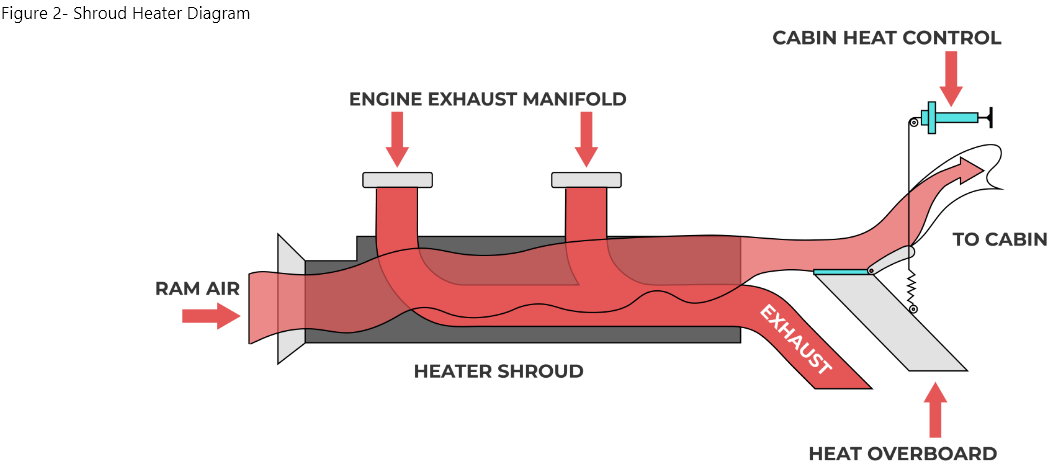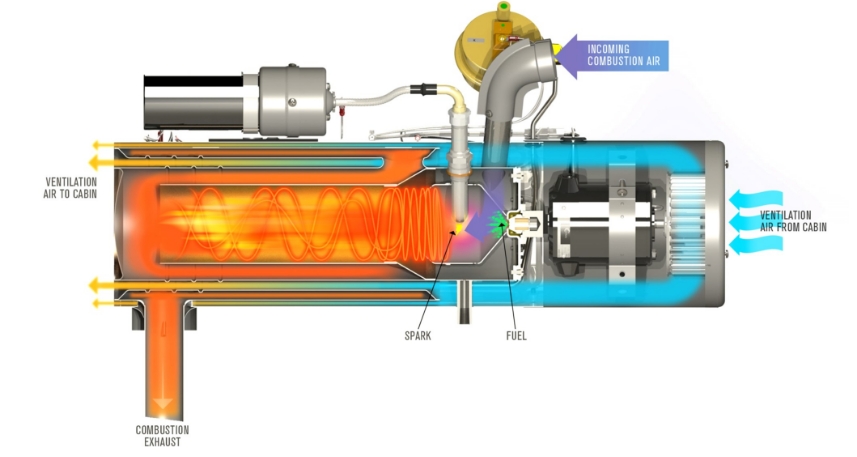At high altitude flight, heating systems are of major importance, because large capacity heating systems are necessary to make up for heat losses to the cold outside air.
The advanced performance of modern aircraft requires an increase in the amount of specialized equipment that must be regarded as essential for maintaining performance. Foremost of these specialized functions are air conditioning and pressurization systems. It is important to treat the area of air conditioning (cooling, heating, humidification, dehumidification, ventilation, and pressurization) as a complete entity, and not as separate and uncoordinated design activities, so that satisfactory operation with the simplest and lightest configuration is obtained.;
Cabin heating is important because of the high altitudes at which airplanes fly. At cruise altitude, most aircraft can soar to about 10,000 to 38,000 feet above sea level. The main problem here is that the temperature at this altitude is much lower than the ground temperature. This low temperature can be anywhere between minus 40 and minus 70 degrees Fahrenheit outside the aircraft when it reaches approximate cruising altitude. In this case, passengers are very dangerous if planes do not have heated cabins. For example, it can cause hypothermia in humans. This is why all aircraft are designed with a heating system to warm the cabin.
Exhaust Shroud Heaters
Exhaust heating systems are the most basic type of aircraft heating system and are used in many single-engine light aircraft. Ambient air is directed to a metal shroud or jacket that covers part of the engine's exhaust system. The air is heated by the exhaust and directed into the cabin via a firewall heater valve. This system is used to remove the exhaust gases from the engine and the body, while reducing the noise of the engine. It also acts as a heat source for the cabin and carburetor.

Bleed Air Heating System
An aircraft combustion heater is used on many small to medium sized aircraft. It is a heat source independent from the aircraft’s engine(s), although it does use fuel from the aircraft’s main fuel system. Combustion heaters are similar to exhaust shroud heaters in that ambient air is heated and sent to the cabin. The source of heat in this case is an independent combustion chamber located inside the cylindrical outer shroud of the heater unit. The correct amount of fuel and air are ignited in the air-tight inner chamber. The exhaust from combustion is funneled overboard. Ambient air is directed between the combustion chamber and the outer shroud. It absorbs the combustion heat by convection and is channeled into the cabin.
